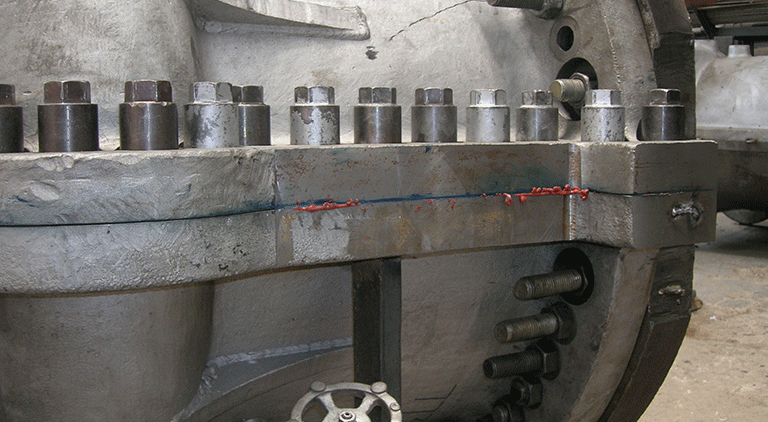Design and Validation of High Pressure Casing of a Steam Turbine
By EPR Magazine Editorial August 29, 2020 3:02 pm IST
By EPR Magazine Editorial August 29, 2020 3:02 pm IST

The design validation helps to meet the design considerations successfully and achieve the required safety factors for existing manufacturing and design uncertainties.
Steam turbines are the devices used to produce electrical energy. This electrical energy is generated by converting thermal energy of steam into mechanical energy, to produce electrical energy. Steam turbines are used all over the world for electric power generation in thermal power plants. Major criteria in steam turbines is reliability and safety factor due to frequent start-ups and shutdowns.
During the last several years the primary changes to the design of steam turbines have focused on improving their efficiency, reliability and reducing operating costs.
Design validation involves design considerations, design checks, and sensitivity analysis to achieve the design criteria to fulfil the structural requirements for mechanical integrity. One such analysis is carried out blending the hand calculations and steady-state finite element analysis to evaluate the contact pressure in a high pressure steam turbine casing.
Contact pressure and pretension in bolts-analysis has been made easier in recent years due to the availability of high computational capabilities and flexibility in the computational methods using finite element analysis.
Industry power generation, for example, has improved the overall efficiency and availability of its steam turbines by decreasing the steam flow energy losses in each of the steam turbines components. The steam turbine unit largely influences the efficiency and reliability of power stations. Any improvement in the design of steam turbine enables more efficient use of fuel and results in reduced cost. The high pressure steam at 5650 C and 156 bar pressure passes through the high pressure turbine.
The exhaust steam from this section is returned to the boiler for reheating before being used. On leaving the boiler reheater, steam enters the intermediate pressure turbine at 5650 C and 40.2 bar pressure. From here the steam goes straight to the section of Low pressure Steam turbine expanding itself with increase in mass flow. From the intermediate pressure turbine, the steam continues its expansion in the three Low pressure turbines. The steam entering the turbine is at 3060 C and 6.32 bars. To get the most work out of the steam, the exhaust pressure is kept very low. The casing witness, energy of the steam turned into work in HP and IP stages.
The ASME Boiler and Pressure Vessel Code contains rules for circular and non-circular pressure vessels of unreinforced and reinforced construction. These rules cover the sides, reinforcing ribs, and end plates of such vessels. For bolted flanged connections of such non-circular pressure vessels, which are employed extensively in industry, however, no design rules are presently included in the code.
Authored by:Dr. Laxminarayan K.
Zonal Manager -Technical Support,
DesignTech Systems.
We use cookies to personalize your experience. By continuing to visit this website you agree to our Terms & Conditions, Privacy Policy and Cookie Policy.